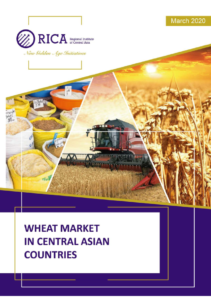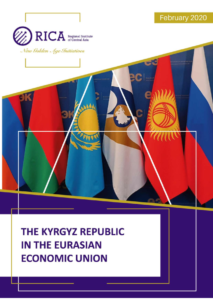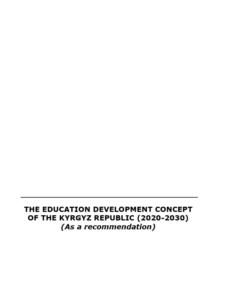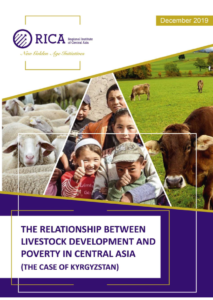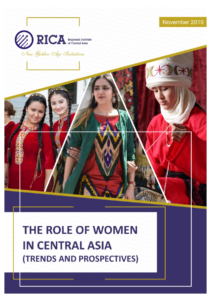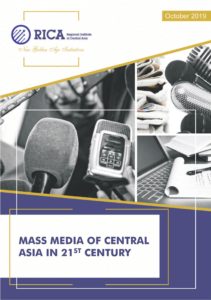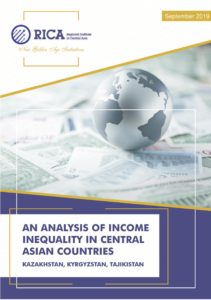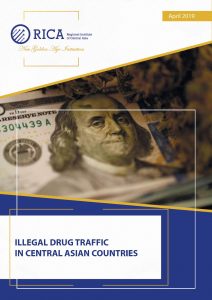 The strategic position of Central Asia once again turns it into the most important geopolitical subject of world politics and forces it to be dependent on the interests of regional and world powers, on the geopolitical plans of the forces of international terrorism. Therefore, many are interested in plunging Central Asia into chaos and turning it
The strategic position of Central Asia once again turns it into the most important geopolitical subject of world politics and forces it to be dependent on the interests of regional and world powers, on the geopolitical plans of the forces of international terrorism. Therefore, many are interested in plunging Central Asia into chaos and turning it
into a zone of permanent escalation of conflict situations like Muslim North Africa, the Near and Middle East. Thus, turning Central Asia into a turbulent zone, dependent on global and regional geopolitical processes. To this end, the tactical doctrine of “controlled chaos”, implemented in Iraq, Libya, Syria, Yemen, Afghanistan and other countries of the Muslim East, was launched and gradually promoted, as a result of which they de facto lost their statehood and turned into a bargaining chip of world powers.
In these conditions, to ensure the national security of Central Asian states, questions arise of joint construction of a multilateral and multilevel system of regional security, requiring urgent resolution of the tasks of mutual understanding and multilateral cooperation of the countries of the region. Undoubtedly, the security problems in Central Asia are complex geopolitical, economic, social and religious. Its complexity lies in the multidimensional and multilevel influence of both internal and external factors on the situation in the region. Its complexity also lies in the fact that, despite its shared historical past, Central Asia at the beginning of the 21st century is still not able to declare itself as a single and united new force in world politics. Under such conditions, the prospect of religious radicalization and violent extremism is considered one of the main security threats to Central Asian countries.
Moreover, the main problem and impending danger is that even a local escalation of religious violence in one of the Central Asian countries can result in a large-scale armed conflict at the
regional level. Moreover, there are more than enough prerequisites for destabilizing and escalating the religious, and not only religious situation in the region. As many understand the most important reasons for the growth of religious extremism in Central Asia are a set of socio-economic, socio-political and ideological problems of an internal and external nature that affect the security of all countries in the region.
In this regard, an extremely difficult situation is developing in the Ferghana Valley, which is divided between Kyrgyzstan, Tajikistan and Uzbekistan. As many know, the territory of the Ferghana Valley is less than 5% of the entire region, but there is a very high population density. If in general in Central Asia this indicator is 28.8 people per square kilometer, then in the Ferghana Valley – 1150 people. In addition, there is a difficult ethno-political situation, a low standard of living, and the position of Islamic radicalism is especially strong.
In general, in the event of a local, and then a possible regional conflict of a religious or ethno-religious nature and a likely coordinated invasion of international extremists within Central Asia,
the region will plunge into chaos for a long time, and become the ruins of a cultural, intellectual, material and political past well-being, like Iraq, Libya, Yemen, Syria, etc. Thus, become the next victims of geo-political projects of global actors and jihadist ideas of religious extremists. Therefore, in the conditions of the rapid growth of various destabilizing factors, it is first of all necessary to coordinate and optimize the religious policy of the countries of the region with the help of joint political, legal, socio-economic, spiritual-educational, law-enforcement and preventive projects and power factors, i.e. systematic approaches to solving emerging problems in Central Asia.
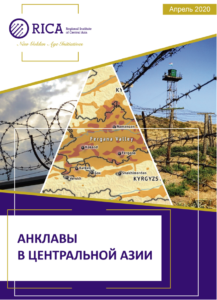 This paper analyses the terms “enclave” and “exclave” as used in international law, distinguishing the two from each other.
This paper analyses the terms “enclave” and “exclave” as used in international law, distinguishing the two from each other.







